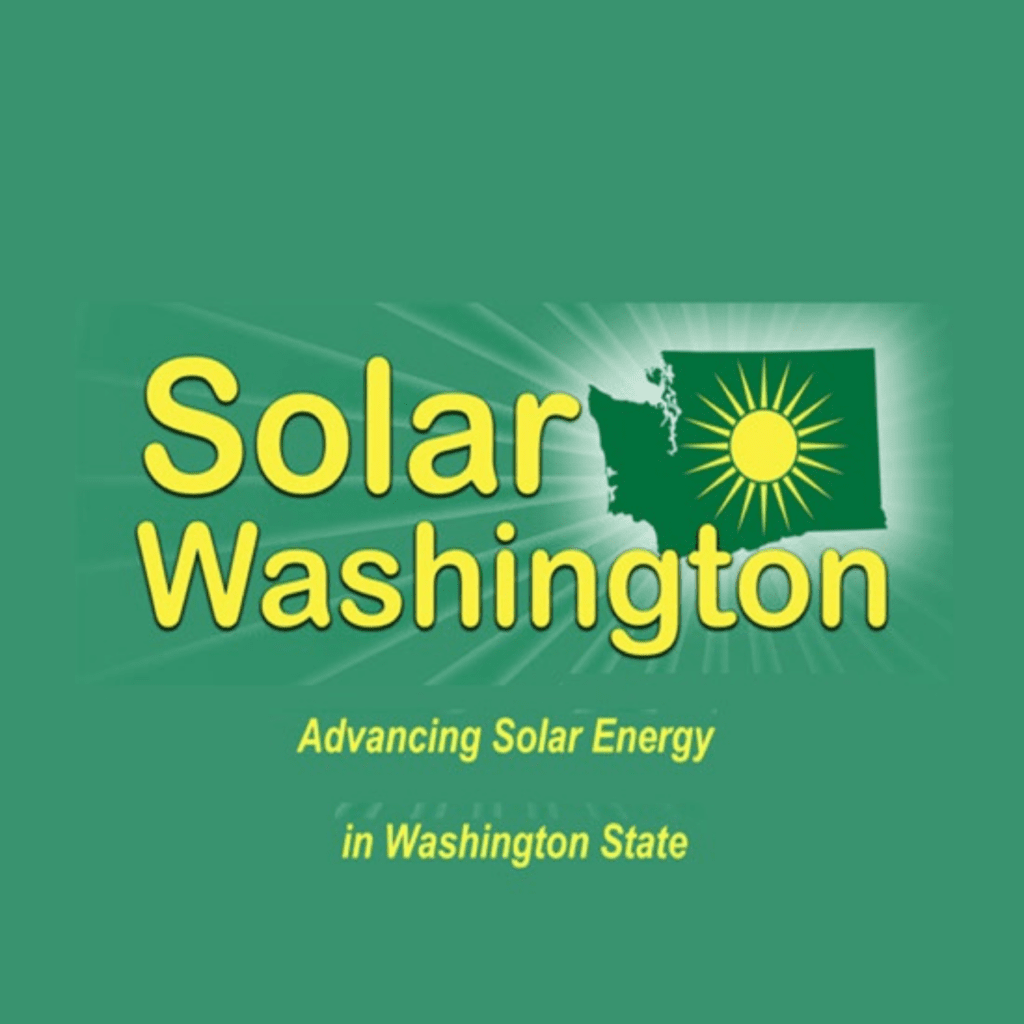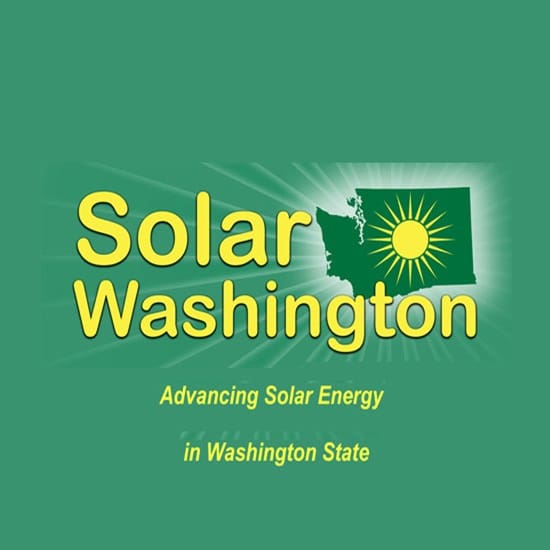How do Solar Panels Work?
Solar panels, also known as solar modules, are devices that convert sunlight into electricity through a process known as the photovoltaic effect. In this essay, I will explain how solar panels work in detail, exploring their components, the physics behind their operation, and their various applications and advantages.
Solar panels
Solar panels are a crucial part of renewable energy systems, harnessing the abundant energy provided by the sun to generate electricity. The basic principle behind their operation is the conversion of sunlight into electrical energy using semiconductor materials. This process involves several key components, including photovoltaic cells, conductive materials, and supporting structures.
Mad Energy NW is MUCH More Affordable
Not only is MAD Energy NW an award-winning leader in the Solar industry here in Seattle, but we are also the most affordable option in the state.
Now, you’re probably questioning that.
Let us show you why choosing MAD Energy NW’s team to create and install your new solar setup will save you time, money, and trouble.
How Does a Solar Panel System Work?

Photovoltaic Cells: The Heart of Solar Panels
At the core of every solar panel are photovoltaic cells, also referred to as solar cells. These cells are responsible for the direct conversion of sunlight into electricity. Photovoltaic cells are typically made of semiconductor materials, most commonly silicon, which exhibits the necessary properties for this energy conversion.
What people are saying
Client Testimonials
Mike put a couple of outlets in our deck ceiling for a heater and a string of patio lights. He explained everything he was doing in layman’s terms, and suggested moving a light switch inside so our existing deck lights and patio light switch would be in the same spot. We would never have thought of it, but much more convenient! He was nothing but professional and pleasant throughout the process. Highly recommend him!
I've worked with Mike for many years and have always seen the quality of his craft be nothing short of pure excellence. He's a treasure trove of electrical knowledge and truly a skilled artisan, I would not hesitate to recommend him as not only an electrician but also a stand up, honest man.
These guys are so good! Hire them! They're very communicative, professional, old-school polite in office and in home. There was no question when they'd show + cleaned up after themselves. Was a job well done on 2 ceiling fans, a floor outlet and a ceiling fixture.
Wow!!! From the time I called (talked to Hailey) to having the owner/electrician come fix some can lights I received excellent service. THANK You!!
Mike is the best electrician I’ve had worked with. He explained the process, cost and time accurately. Most importantly respectful and trustworthy. A+ class experience. I would recommend for anyone that needs a dependable and trustworthy contractor for any job size. Thank you again for your wonderful work!
Mike, Dixon and Frank we're very easy to work with. Communication was always top notch. Project started and finished on time. Plus the passion for their work really comes through.
The owner and Master Electrician of MAD Energy NW, Mike Dalton, is now our go to guy for all things electrical and also for general contracting. He came to our newly purchased but dated home and helped us design a lighting set up that worked well for us and updated our 1970’s condo electrical to current standards. His work is beautiful and he is both professional and efficient. He was willing to work with me to get every part of the job right the first time and walked me through each step of the process, answering any questions I had along the way. I wish every contractor out there was like Mike; his attention to detail sets him apart. I am so glad we hired him and we will both used him again in the future and recommend him to all our friends! Give yourself an easy remodel, call him.
I had a bad experience with an electrical contractor so I reached out to Mad Energy NW to fix all the errors from the other guy. Mad Energy NW is so professional, they quickly identified the errors and remedied them. I was very frustrated with the other guys and just needed the job done with the minimum of stress possible. They charged less then the first guy, was easier to work with and the work was so professional when he was done. Organized conduit and properly labeled panels and switches. 1000% better. Don't make the mistake I did, just hire these guys first.
They're very communicative, professional, old-school polite in office and in home. There was no question when they'd show + cleaned up after themselves. Was a job well done on 2 ceiling fans, a floor outlet and a ceiling fixture.
I bought a home with a number of electrical issues and Mike was able to quickly solve each issue so I could move into a safe home. Mike was easy to work with, I was impressed with his wide electrical knowledge, and I will call him the next time I have any electrical needs. Thank you MAD Energy NW!
I thought most contractors were like Mad Energy Northwest but that’s not the case. I recently had a different contractor work on my house from tree damage I had no idea when they were coming and still don’t know when they’re going to come back and finish the work and messy. It’s great to know when your contractor is coming, what work is being done and a clean workspace which is what is what I received from Mad Energy NW.
Our kitchen lights and bathroom outlets just randomly stopped working after being in our house for a year. I reached out to MAD Energy NW after seeing a Facebook post about them. Hailey responded within hours to see when we could have Mike come out and gave us a quote for what to expect. They were able to come out within one business day. Mike was on time and really friendly. He was great with the dog, explained everything he was doing, and upgraded our stuff where he could. He was so understanding and careful with our belongings and kept everything clean. I would recommend Mike to anyone who needs electric work and wants to support an amazing local business!
I was referred to MAD Energy NW through a colleague of mine who hired Mike (the owner) to do some electrical work on an investment property of his. After looking up and verifying his license with the county to be active and free from violation I gave him a call to pick his brain and get a second opinion estimate. Mike was able to quickly and concisely explain the work to be completed in such a way so that anyone could easily understand it's complexity. He offered two options that would bring the electrical up to code giving me the choice of how to proceed and I really appreciate that. I didnt feel like I was being sold. He showed up early and stayed until all my questions were answered leaving me with peace of mind. Very glad to have finally found an electrician I can trust. Mike is a Master Electrician and a perfectionist in his trade, he was also polite and courteous. It has been my experience in dealing with home remodels with all types of tradesmen and general contractors that there is an overwhelming level of arrogance and bravado that one has to navigate through. You won't experience that when you choose to do business with the professionals at MAD Energy NW. Thank you Mike for all your help! You've definitely earned my business!
Mike did such an amazing job upgrading my electrical panel that we had him come back to install can lighting and remove some old wiring in the attic. He also has a great work ethic and attitude.
Highly recommend MAD Energy. Mike did great work and explained everything in a way I could understand. We will definitely be using him again. Thank you for your great work!
I would recommend Mike as an electrician to my friends, because I know the quality of work he does, he treats his installations as it would be his personal home projects. No need to say more!
Mike put a couple of outlets in our deck ceiling for a heater and a string of patio lights. He explained everything he was doing in layman’s terms, and suggested moving a light switch inside so our existing deck lights and patio light switch would be in the same spot. We would never have thought of it, but much more convenient! He was nothing but professional and pleasant throughout the process. Highly recommend him!
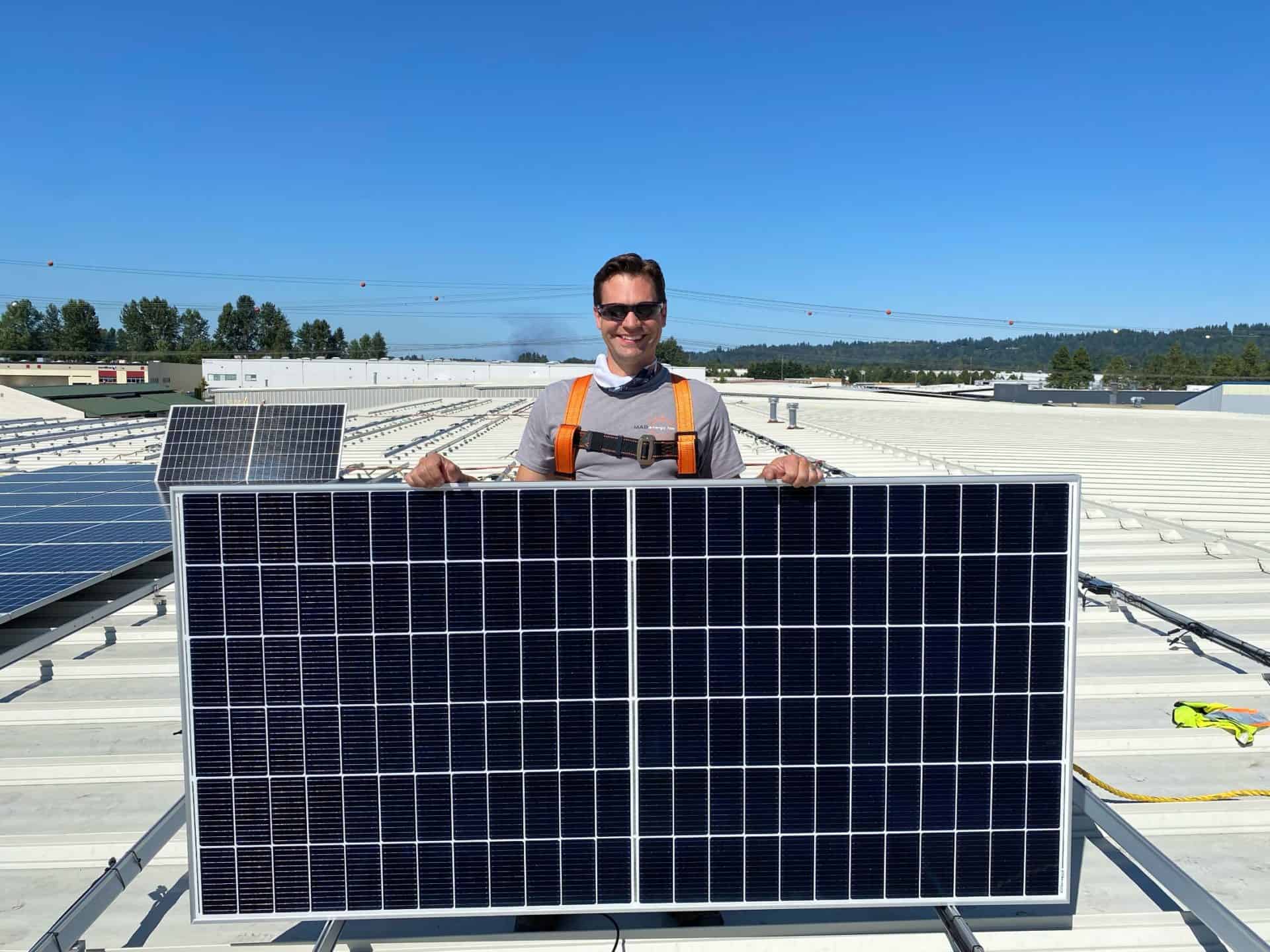
Supporting Structures
Solar panels are typically mounted on supporting structures, which can vary based on the installation type. These structures are designed to securely hold the panels in place and optimize their exposure to sunlight. Common types of solar panel installations include rooftop, ground-mounted, and solar tracking systems.
The operation of photovoltaic cells is primarily based on the photovoltaic effect, a phenomenon first observed by French physicist Edmond Becquerel in 1839. This effect occurs when certain materials, such as silicon, absorb photons from sunlight and release electrons, creating an electric current.
- Absorption of Photons: Sunlight is composed of tiny packets of energy called photons. When sunlight hits the solar panel’s surface, the semiconductor material within the cells absorbs these photons.
- Generation of Electron-Hole Pairs: As photons are absorbed, their energy is transferred to the electrons in the semiconductor material. This energy raises the energy levels of the electrons, allowing them to escape from their normal positions and become “excited.” This creates electron-hole pairs, where electrons move to a higher energy state, leaving behind positively charged holes.
- Separation and Flow of Charges: The electron-hole pairs are separated by an internal electric field within the semiconductor material, which is created by the structure of the solar cell. This electric field encourages the electrons to move in one direction, while the holes move in the opposite direction, creating an electric current.
- Electrical Output: The flow of electrons and holes creates direct current (DC) electricity within the solar cell. This electrical output can be used to power electrical devices, charge batteries, or be converted into alternating current (AC) for use in homes and businesses.
It’s worth noting that not all photons from the sunlight can be converted into electricity. The energy of the photon must be greater than the bandgap energy of the semiconductor material to generate electron-hole pairs. The bandgap energy is specific to the semiconductor material used and determines the efficiency of the solar cell.
Conductive Materials and Electrical Circuits
In addition to photovoltaic cells, solar panels incorporate conductive materials and electrical circuits to collect and channel the generated electricity. These components are crucial for transferring the electrical energy from the individual cells to a usable output.
- Metal Contacts: Metal contacts are applied to the front and back of the solar cells. They act as conductors, collecting the electrons and holes created in the cell when sunlight strikes it. The metal contacts are typically made of materials like silver or aluminum, which are excellent conductors.
- Busbars and Ribbons: Busbars and ribbons are used to connect the metal contacts of individual cells in a solar panel. They form a grid-like pattern to efficiently collect the current generated by the cells and direct it to the panel’s electrical junction box.
- Junction Box: The junction box is a critical component of the solar panel. It houses diodes, which prevent reverse flow of current and protect the cells from damage. It also provides an interface for connecting multiple panels together and for wiring the solar array to the inverter and the electrical grid.
- Electrical Wiring: Electrical wiring connects the solar panels to the inverter and, ultimately, to the electrical grid or to batteries and off-grid systems. The wiring should be designed to minimize power losses and ensure the safe and efficient transfer of electricity.

- Rooftop Installation: In residential and commercial settings, solar panels are often mounted on rooftops. This installation type takes advantage of available roof space and minimizes the need for additional land. Mounting hardware, such as racks and brackets, secures the panels to the roof.
- Ground-Mounted Installation: Ground-mounted solar panels are installed on open land or in large open spaces. These systems are commonly used for utility-scale solar farms and allow for more flexibility in panel orientation and tracking.
- Solar Tracking Systems: Solar tracking systems are designed to follow the path of the sun throughout the day, optimizing the panels’ exposure to sunlight. While these systems can significantly improve energy generation, they are more complex and costly than fixed installations.
Advantages of Solar Panels
Solar panels offer numerous advantages, which have contributed to their widespread adoption and continued growth in the renewable energy sector. Some of these advantages include:
- Clean and Renewable Energy: Solar panels produce electricity without emitting greenhouse gases or other pollutants, making them an environmentally friendly source of energy.
- Abundant Energy Source: Sunlight is a virtually limitless energy source, providing ample energy potential for both residential and commercial applications.
- Reduced Energy Bills: Solar panels can lead to significant cost savings by reducing electricity bills or even allowing for net metering, where excess electricity can be sold back to the grid.
- Low Maintenance: Solar panels require minimal maintenance, with routine cleaning and occasional inspections being the primary upkeep tasks.
- Long Lifespan: Solar panels have a long lifespan, typically exceeding 25 years, and many manufacturers offer warranties to ensure their performance.
- Energy Independence: Solar panels offer the possibility of energy independence, allowing homeowners and businesses to generate their electricity and reduce reliance on the grid.
- Grid Resilience: Distributed solar installations can enhance grid resilience by reducing the load on centralized power plants and improving the reliability of the electrical grid.
Applications of Solar Panels
Solar panels have a wide range of applications, with their use extending to various sectors, including residential, commercial, industrial, and remote off-grid locations.
- Residential Use: Solar panels are commonly installed on residential rooftops to generate electricity for household use. Homeowners can benefit from reduced energy bills and potential financial incentives.
- Commercial and Industrial Use: Many businesses and industrial facilities use solar panels to offset their energy consumption, reduce operating costs, and demonstrate their commitment to sustainability.
- Utility-Scale Solar Farms: Large-scale solar installations, known as solar farms, generate electricity for the grid and contribute to a more sustainable energy mix.
- Remote and Off-Grid Locations: Solar panels are used in remote areas where access to traditional power sources is limited. These installations can power telecommunications infrastructure, remote villages, and scientific research stations.
- Solar-Powered Transportation: Solar panels are integrated into various transportation modes, including solar-powered cars, boats, and even aircraft, reducing reliance on fossil fuels.
- Space Exploration: Solar panels are used in space exploration, providing power for satellites, space probes, and the International Space Station.
Washington State
Solar Incentives
30% Federal Tax Credit
100% Sales Tax Exemption
Net Metering
Accelerated Depreciation
ENERGY CODE CREDITS
Solar Systems
What we offer

Roof System
This is the most cost-effective application, which in turn provides the best return on your investment. Solar panels are more efficient than ever! Couple that with a 30% income tax credit, there’s never been a better time to install solar panels on your home.

Ground system
Rooftop solar is not your only option for panel placement, and sometimes is not the best option. If you have the space for it, a ground mount solar array offers the opportunity to install more solar than what may fit on your roof. In addition to being easier to clean, ground-mount solar will typically run more efficiently since the system operates under less heat creating less friction as the solar energy transfers to your home electrical system.

BATTERY BACKUP SOLUTIONS
Considering a backup source for power during a power outage? Adding battery backup to your solar project is a great way to store energy for those stormy days, and eliminates the need to maintain a gas engine like a generator. These batteries run noise free and automatically transfer power when needed. And YES, these do also qualify for the 30% federal income tax credit!
We are the premier commercial, residential, and new construction solar company in Washington State.
Efficiency and Technological Advances
The efficiency of solar panels has improved significantly over the years, thanks to ongoing research and development efforts. The efficiency of a solar panel is a measure of how effectively it converts sunlight into electricity. Factors affecting efficiency include the quality of the photovoltaic material, the design of the cell, and the overall system configuration.
Monocrystalline and polycrystalline silicon solar cells, the most common types, typically have efficiencies ranging from 15% to 22%. Monocrystalline cells tend to be more efficient but are also more expensive to manufacture. Thin-film solar cells, another type of solar technology, have lower efficiency but are less expensive to produce. Emerging technologies like multi-junction solar cells and perovskite solar cells hold promise for further efficiency improvements.
Solar panel efficiency can also be influenced by external factors such as temperature and shading. High temperatures can reduce a solar panel’s efficiency, and shading can significantly impact its overall output.
Install
What's Included

panels
Solar panels, also known as modules within the industry, convert sunlight into electricity using the photovoltaic effect.

inverters
Solar Inverters convert the direct current power produced by the modules, into an alternating current to be used.

racking
Solar racking is the mounting system that supports and secures the panels to the roof or ground structure.

Batteries
Solar Batteries are used to store electricity generated by the solar panels for those times when the utility power drops out.
Technological advancements in the solar industry continue to focus on improving efficiency, durability, and cost-effectiveness. Some key developments and trends in the field include:
- Bifacial Solar Panels: Bifacial panels can capture sunlight from both the front and rear sides, enhancing energy production.
- Solar Panel Materials: Researchers are exploring new materials, such as perovskite, that have the potential to increase efficiency and reduce production costs.
- Solar Tracking Systems: Tracking systems that follow the sun’s path throughout the day are becoming more common, optimizing energy capture.
- Energy Storage: The integration of energy storage systems, such as batteries, allows solar energy to be stored for use during power outages.
- Solar Panel Recycling: Efforts are underway to improve the recycling of solar panels, reducing environmental impact and promoting sustainability.
- Hybrid Systems: Hybrid solar systems, combining solar panels with other renewable energy sources like wind or hydro, offer greater energy reliability.
Work You Can Believe In
The Mad Energy Solar Warranty
25-30 Year Solar Panel Production Warranty
12-25 Year Inverter and Optimizer Warranty
25 Year Racking Warranty
10 Year Workmanship Warranty
10 Year Battery Warranty
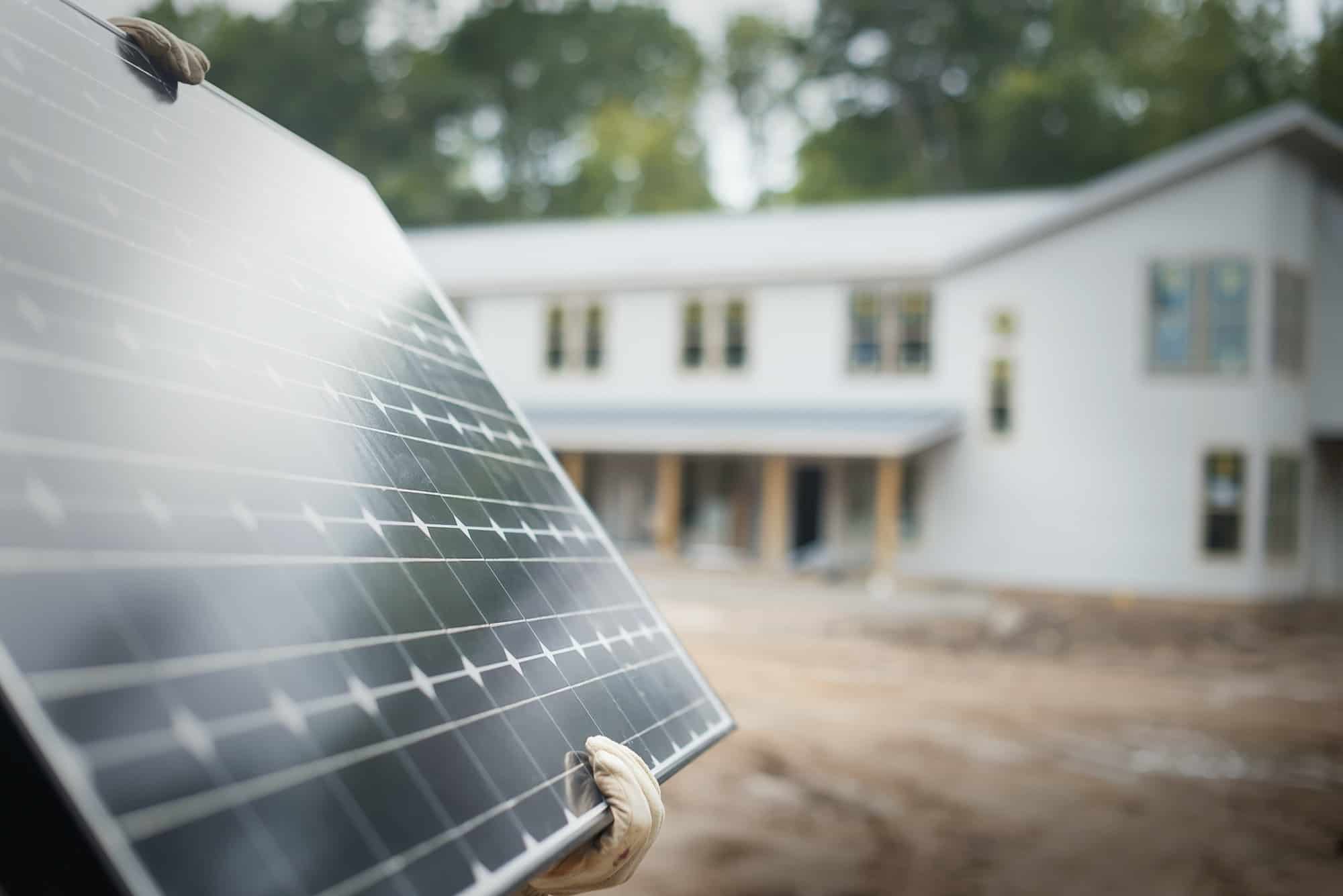
Technological advancements in the solar industry continue to focus on improving efficiency, durability, and cost-effectiveness. Some key developments and trends in the field include:
- Bifacial Solar Panels: Bifacial panels can capture sunlight from both the front and rear sides, enhancing energy production.
- Solar Panel Materials: Researchers are exploring new materials, such as perovskite, that have the potential to increase efficiency and reduce production costs.
- Solar Tracking Systems: Tracking systems that follow the sun’s path throughout the day are becoming more common, optimizing energy capture.
- Energy Storage: The integration of energy storage systems, such as batteries, allows solar energy to be stored for use during power outages.
- Solar Panel Recycling: Efforts are underway to improve the recycling of solar panels, reducing environmental impact and promoting sustainability.
- Hybrid Systems: Hybrid solar systems, combining solar panels with other renewable energy sources like wind or hydro, offer greater energy reliability.
Challenges and Limitations
While solar panels offer numerous advantages, they also face some challenges and limitations that are important to consider:
- Intermittent Energy Source: Solar energy is intermittent and depends on weather conditions and daylight hours. Energy generation decreases during cloudy days and at night, necessitating energy storage or backup power sources.
- Initial Costs: The upfront cost of purchasing and installing solar panels can be a barrier for many individuals and businesses, even though they often provide long-term cost savings.
- Space Requirements: Solar panels require adequate space for installation, which can be a limitation in densely populated areas or on small rooftops.
- Environmental Impact: The production and disposal of solar panels can have environmental impacts, such as the use of rare materials and chemicals. However, efforts are being made to improve the sustainability of panel manufacturing and disposal.
- Efficiency Variability: Solar panel efficiency can vary due to factors like temperature, shading, and dirt buildup. Regular maintenance and cleaning may be required to maximize efficiency.
- Grid Integration Challenges: Integrating solar energy into existing electrical grids can pose technical and regulatory challenges.
- Energy Storage: While energy storage solutions are improving, they can add to the overall system cost, making it less financially viable for some applications.
Solar Panels Work
Solar panels are a remarkable technology that harnesses the power of the sun to generate clean and renewable electricity. Through the photovoltaic effect, these panels convert sunlight into electrical energy, which can be used for a wide range of applications, from powering homes and businesses to supporting remote installations and space exploration.
Advancements in solar panel technology have led to increased efficiency, durability, and cost-effectiveness, making them an increasingly attractive option for individuals, businesses, and governments seeking to reduce their environmental impact and energy costs. As the world continues to address the challenges of climate change and the transition to sustainable energy sources, solar panels play a pivotal role in the transition to a greener and more sustainable future.





